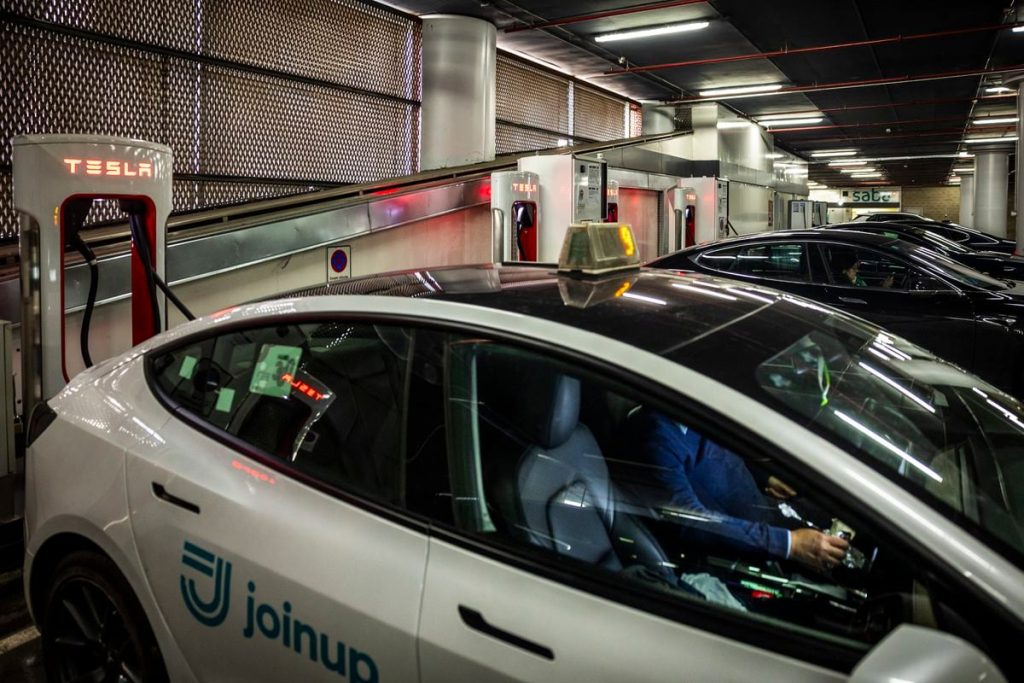In Spain, during Holy Week, long lines of electric cars waiting up to two hours to charge have been seen, widely shared on social media. The experts in the sector explain that this was a specific issue with Tesla superchargers in two stations in Cuenca and Albacete, preferred by Tesla drivers, while other operators did not experience any incidents. However, with the increasing number of fully electric cars on the roads, currently at 175,000 according to the DGT, there is a need for the charging infrastructure to evolve. Improvements such as better signage for charging points, informing users of faulty points, and streamlining the process for installing new chargers are necessary.
The issue of drivers heading to overloaded chargers can be attributed to the preference of Tesla users for their own system, which is convenient and effective. However, this can create problems when specific stations are overwhelmed, while nearby stations may be available. Other charging operators have not experienced saturation issues, and there are over 30,000 public access points in operation, used only 6% of the time. Although moments of congestion may occur, similar to gas stations, in general the current network is deemed sufficient for all travel needs.
Some drivers, like Alex O. who drives a Tesla Model 3, have experienced similar situations where they opted to use alternative charging stations nearby rather than waiting at a Tesla supercharger. Planning better routes and utilizing non-Tesla charging options can alleviate congestion issues and provide a smoother charging experience for electric vehicle owners. Infrastructure improvements, such as clearer signage and interactive maps showcasing available chargers, are necessary to ensure certainty for drivers and prevent unnecessary delays.
The expansion of public rapid and ultra-rapid charging infrastructure in Spain has seen significant growth, with a 95% increase in rapid chargers and a 90% increase in ultra-rapid chargers in the past year. These fast-charging options, essential for travel, can replenish a car’s battery in 15 to 30 minutes. However, there is still room for enhancement, as only 6% of chargers in the country exceed 150 kW. The evolution of charging capabilities and accessibility is crucial to support the increasing number of electric vehicles on the roads.
Minister for the Ecological Transition, Teresa Ribera, acknowledges the need for further improvements in charging infrastructure to accommodate the growing demand for electric vehicles in Spain. While the current network may be underutilized most of the time, ensuring a seamless and accessible charging experience for all drivers requires ongoing enhancements. Companies installing chargers call for easier installation procedures and quicker licensing processes to expand the network and avoid delays in providing essential charging services for electric vehicle users.
In conclusion, the recent congestion issues at Tesla superchargers in Spain during Holy Week highlight the need for ongoing enhancements in the charging infrastructure to support the increasing number of electric vehicles. Improved signage, interactive maps, and faster installation processes for new chargers are essential to ensure a smooth and efficient charging experience for electric vehicle owners. With the support of government initiatives and industry efforts, Spain can continue to expand its charging network and meet the demand for rapid and ultra-fast charging options for electric vehicles.


